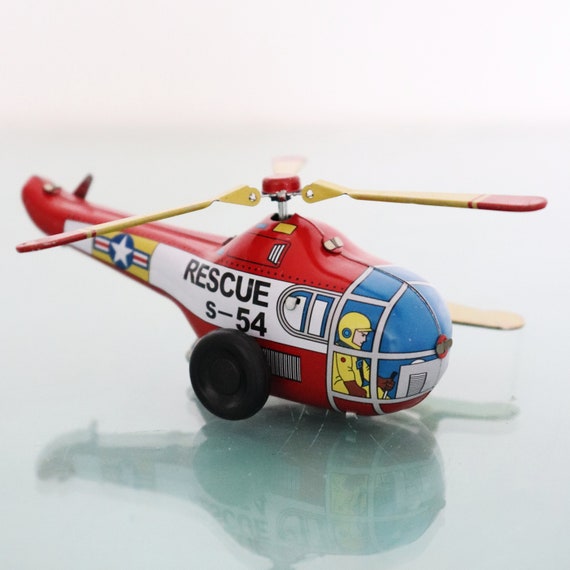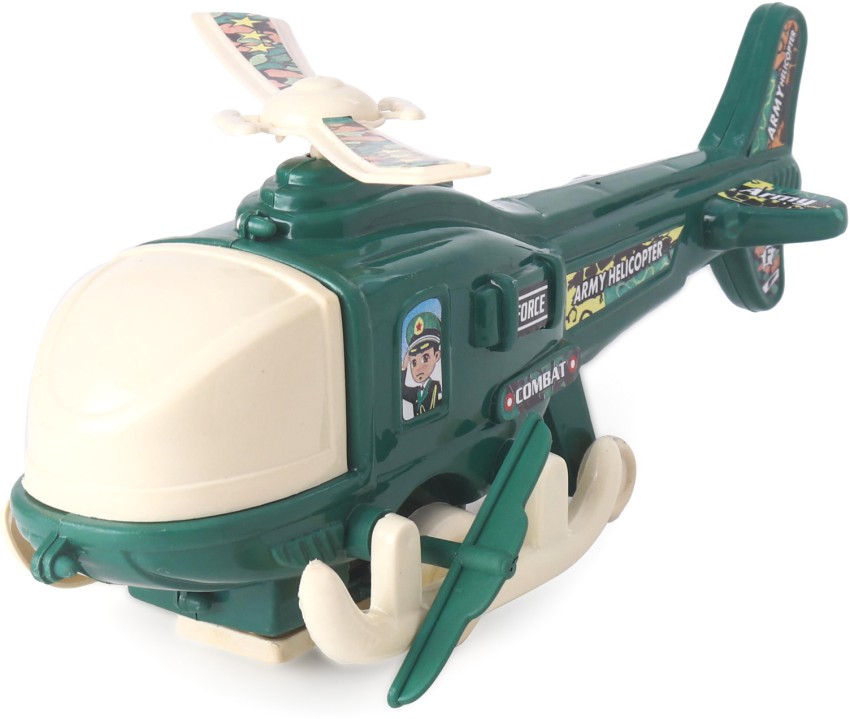
Joustra - Wind-up tin toy Joustra / Nomura: legerhelikopter + Police highway patrol helikopter - 1960-1969 - Catawiki

Tin TOY Vintage Wind Up Driving HELICOPTER Plane Working Winding Moving Motion One Year Guarantee Full Functioning Top Condition - Etsy UK

United Agencies Navy Wind Up Toy Helicopter - Blue | Toys4bacha Changanacherry (ONLY CATALOGUE,,, FOR PURCHASE CALL 9645217893)

zokato Army helicopter Wind Up Toy for Kids-No batteries Required-Key Operated Gift - Army helicopter Wind Up Toy for Kids-No batteries Required-Key Operated Gift . shop for zokato products in India.

Tin toy HELICOPTER, Wind up XV 100, EHN Trademark,West Germany, mid-1900s. +BOX | Toys, Tin toys, Retro toys

1 Helicopter Toy With Rotatable Wind-Up Propeller Helicopter For Boys And Children, Simulated Rescue Helicopter | SHEIN UK

VIDOO Classic Vintage Clockwork Little Helicopter Nostalgic Wind Up Children Kids Tin Toys With Key : Amazon.co.uk: Toys & Games
















